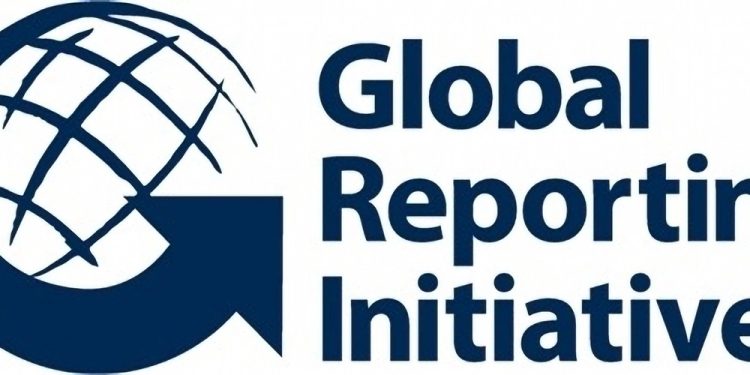New Climate Change Disclosure Standard
The Global Reporting Initiative (GRI) releases a new climate change disclosure standard, aimed at simplifying the burden of corporate information disclosure and providing stakeholders with helpful decision-making information.
The Global Reporting Initiative believes that the new climate change disclosure standard will enhance transparency in information disclosure and promote collaboration among businesses, regulatory agencies, and investors to address climate impacts, risks, and opportunities.
Related Post: Global Reporting Initiative Releases New Version of Biodiversity Disclosure Standard
Introduction to New Climate Change Disclosure Standards
The name of the new climate change disclosure standard is GRI 102: Climate Change 2025, which was released by the Global Sustainability Standards Board (GSSB) and will be officially implemented in January 2027. GRI 102 requires companies to disclose climate related impacts and how they manage these impacts. If companies consider climate change to be a material topic, they can apply this standard for disclosure. GRI 102 is divided into two parts, namely:
Topic Management Disclosures: Companies need to disclose how they manage climate change topics based on GRI 3: Material Topics, including:
- 102-1 Transition plan for climate change mitigation: Enterprises need to disclose how their business activities and supply chain mitigate climate change, describe whether the transition plan meets the 1.5-degree warming target, and the governance structure, business strategy, indicators, and costs for implementing the transition plan, as well as the impact of the transition plan.
- 102-2 Climate change adaptation plan: Enterprises need to disclose the impact of their climate change adaptation plan on the environment and society, as well as the policies, scenarios, governance structure, and goals of the adaptation plan. Enterprises also need to disclose the impact of adaptation plans on employees, communities, and biodiversity.
Topic Disclosures: Companies need to disclose the impact of climate change, including:
- 102-3 Just transition: Companies need to disclose information about hiring, terminating, rehiring, and training employees, and classify them based on gender and employee type. Enterprises also need to disclose their impact on the local community.
- 102-4 GHG emissions reduction targets and progress: Enterprises need to disclose short-term, medium-term, and long-term Scope 1, Scope 2, and Scope 3 emission reduction targets and specific details, such as base year, assumptions, calculation methods, etc.
- 102-5 Scope 1 GHG emissions: Enterprises need to disclose Scope 1 data and sub data, convert them into carbon dioxide, as well as the baseline year, assumptions, and calculation methods.
- 102-6 Scope 2 GHG emissions: Companies are required to disclose Scope 2 data and sub data, as well as baseline years, assumptions, and calculation methods. Enterprises should prioritize the use of location-based methods and may consider applying market-based methods.
- 102-7 Scope 3 GHG emissions: Companies are required to disclose Scope 3 data and itemized data, as well as baseline years, assumptions, and calculation methods. Enterprises also need to disclose the Scope 3 categories involved.
- 102-8 GHG emissions intensity: Enterprises are required to disclose Scope 1, Scope 2, and Scope 3 greenhouse gas emission intensities, using carbon dioxide as the numerator and defined indicator as the denominator.
- 102-9 GHG removals in the value chain: Companies need to disclose Scope 1 greenhouse gas removal information and the impact of greenhouse gas removals.
- 102-10 Carbon credits: Enterprises need to disclose the use of carbon credits, as well as the name, type, benchmark, verification, validity period, and other information of carbon credit projects, as well as the impact of using carbon credits on the environment and society.
Reference:
New Climate Standards Can Unlock Actionable and Streamlined Reporting on Impacts
ESG Advertisements Contact:todayesg@gmail.com








